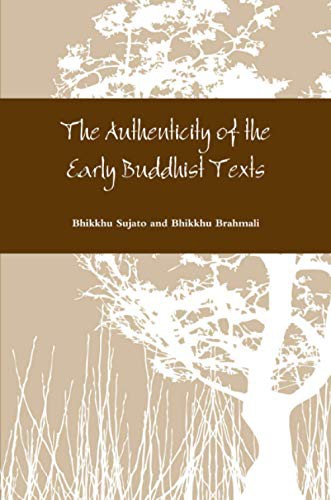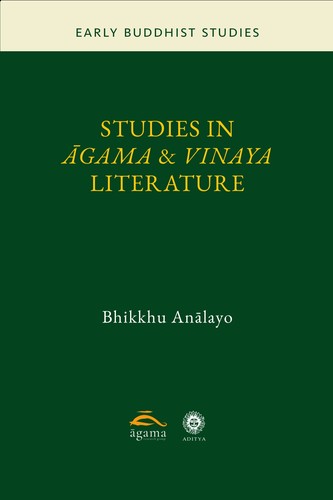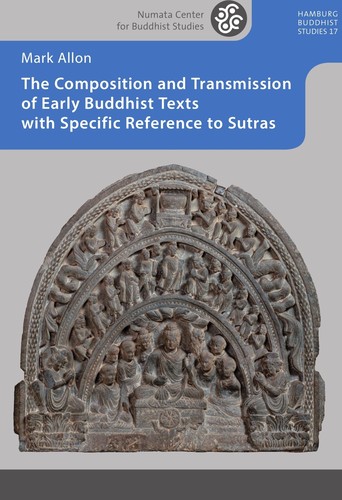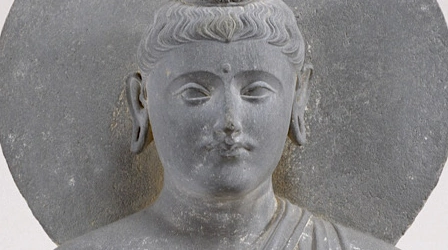Āgama Studies
Subscribe to this topic via: RSS
The northern recension of the early Buddhist texts has been the subject of much, recent, text-critical scholarship.
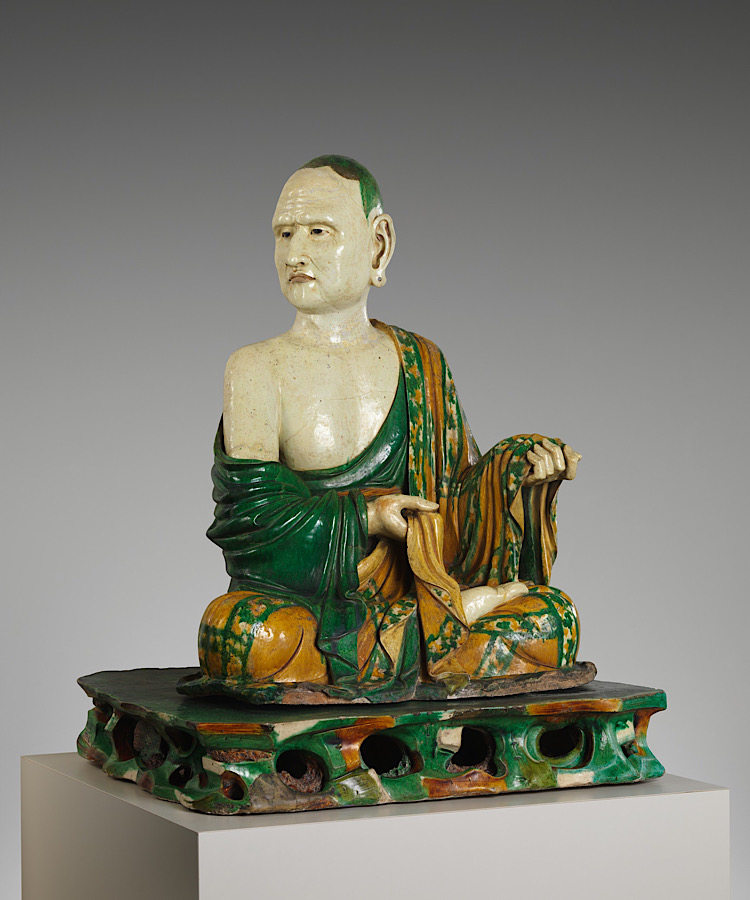
This Liao dynasty (c. 1000) statue at The Met is a Chinese depiction of an Arhat. While traditionally associated with the Mahayana, Chinese Buddhists also revered and preserved many early Buddhist ideas.
Table of Contents
Books (10)
Featured:
-
⭐ Recommended
See also:
Canonical Works (1)
-
An individual, Sanskrit text in the Mahāyāna-sūtra-saṁgrahaḥ showing the remarkable similarity between the Pali Canon and the early texts of the Mahayana.
Readings (36)
Featured:
-
⭐ Recommended
Given the fact that the praiseworthy qualities of the Buddha are the main theme of the Mahāsakuludāyi-sutta and its parallel, it is not surprising if the tendency to elevate the Buddha’s status would to some degree also have influenced the reciters responsible for transmitting the discourse. A comparison of the two versions in fact reveals several instances where this tendency is at work
-
In the Nikāyas and Āgamas, dependent origination serves as the portal to the first breakthrough to the Dhamma. […] When the Susīma-sutta states that “the knowledge of the persistence of principles” precedes “the knowledge of nibbāna”, the intention may well have been the same as that of the other versions, namely, that knowledge of the arising sequence of dependent origination precedes knowledge of the cessation sequence.
-
A translation of the “Āmrapāli and Jīvaka Avadāna Sutra” (佛說㮈女祇域因緣經) from T. 553 along with an introduction to the story’s many versions and legacies.
-
⭐ Recommended
Placing the Pali discourses and their counterparts in the Chinese Āgamas side by side often brings to light an impressive degree of agreement, even down to rather minor details. This close agreement testifies to the emphasis on verbatim recall in the oral transmission of the early discourses. In this respect the early Buddhist oral tradition forms a class of its own in the ambit of oral literature
-
An example of how the early Buddhist texts changed (and didn’t) during the course of oral recitation, and a lovely discourse on how to have an auspicious night.
-
Three versions (Sanskrit, Pāḷi, and Chinese) of some verses from Snp 3.11 translated and compared.
-
[on] the impact of oral transmission on this material; the notion of a parallel and difficulties in applying this notion; the advantage of approaching the category of a parallel with the help of the Buddhist four-fold logic; and the potential of comparative studies.
-
… the Pāli and Buddhist Sanskrit forms were sometimes contradictory, reflecting the redactors’ different interpretations of the oral transmission. By comparing these different forms, it is possible to isolate a proto-form which explains the ambiguities and is closer to the original
-
It is this potential of the Chinese Āgamas as a supplement to the Pali discourses to which I would like to draw attention with the present article, taking up a few examples from the first group of fifty discourses in the Majjhima Nikāya.
-
Not all Āgamas are early. In this paper, Bingenheimer shows us how two sutras without parallels in the Pāli can be shown as likely to be later additions to the canon.
-
indriyopasamo nande mānastabdhe ca saṃnatih |
kṣamitvaṃ cāṅgulīmāle kaṃ na vismayam ānayet ||
Tranquillity of the senses in a Nanda, humility in a Mānastabdha, mercy in an Aṅgulimāla — whom would not these amaze? -
Any kind of study in this field [of Buddhism] remains incomplete unless the materials of the Chinese Āgamas are tapped and utilized.
-
… at an earlier time references to the four noble truths in this and other discourses may have been without the qualification ‘noble’
-
… the Ekottarika Āgama preserved in Chinese translation is a text with rather complex features, combining some material that could be relatively early with other texts that clearly reflect later developments.
-
The Madhyama Āgama collection translated [into Chinese] by Sanghadeva contains altogether 222 discourses, distributed over eighteen chapters
See also:
Audio/Video (2)
Reference Shelf (6)
Featured:
-
⭐ Recommended
A website hosting several new, free translations of the Chinese Āgamas along with essays and other resources on Āgama studies.
See also:
